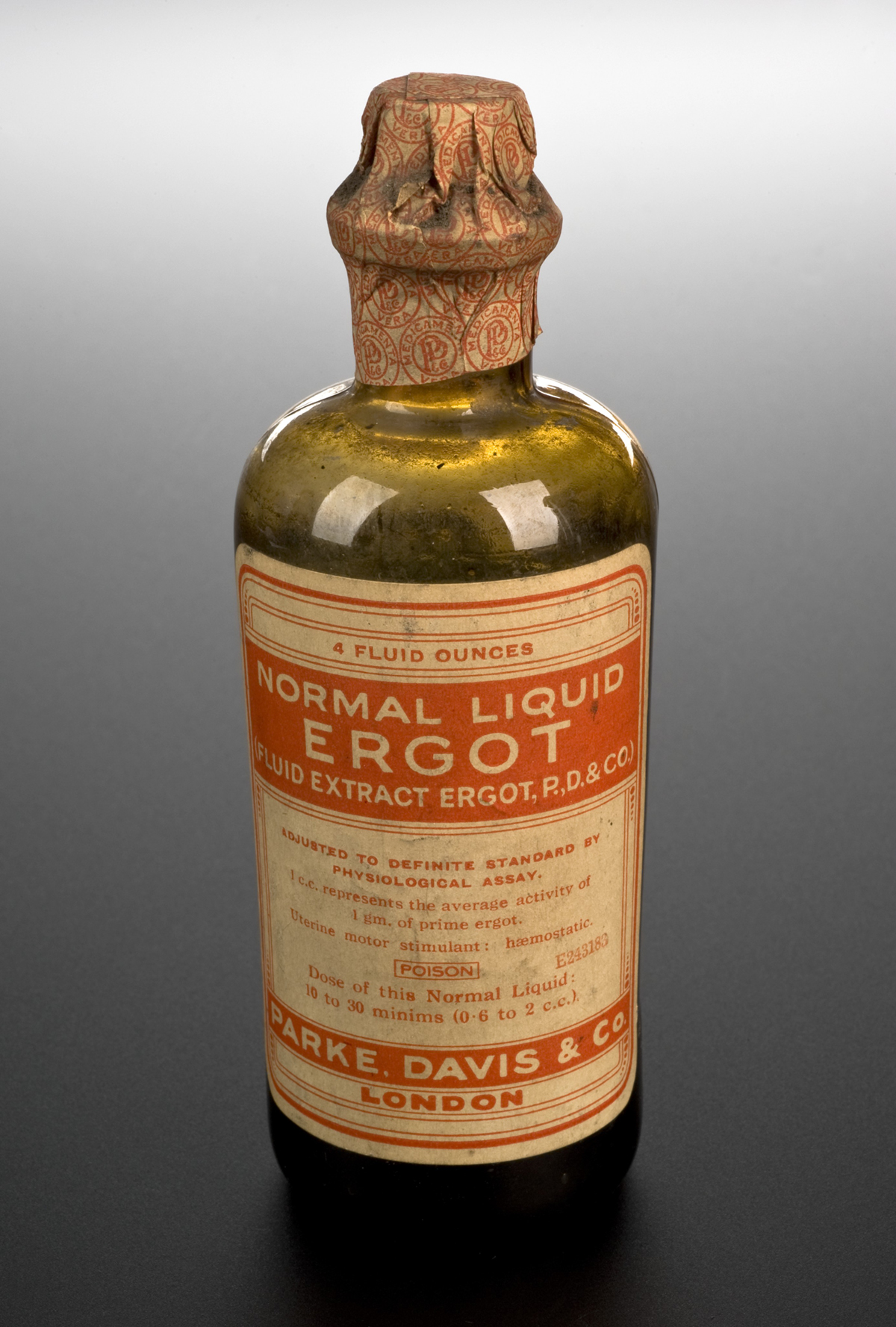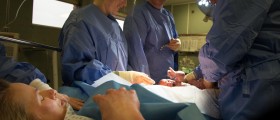
After all the changes a woman’s body goes through during the pregnancy, most women cannot wait to get their body back to normal after the child birth. The body will certainly start to function like it did before the pregnancy but it will take some time, so new moms must be patient.
After the childbirth all women experience some degree of postpartum bleeding. In most cases this is normal but in some cases it may indicate an underlying health problem.
Lochia
The term “lochia” is used to describe bleeding after childbirth. It happens to every new mother, whether the childbirth was vaginal or by C section. This bleeding resembles menstrual bleeding but it can be much heavier. It usually starts a few hours after the childbirth and lasts for several weeks. This is nature’s way to expel mucus, placental tissue and blood after the childbirth.
Lochia can include expelling of blood cloths, about the size of a grape.
This type of bleeding can be managed with rest and the use of maxi pads. Tampons are to be avoided it the first eight weeks after the childbirth, because they may introduce bacteria into the vagina and the uterus.
If lochia is accompanied with fever and chills, if the discharge is very heavy and foul smelling, it is advised to consult a doctor.
Postpartum hemorrhaging
Postpartum hemorrhaging means severe bleeding after the childbirth. It means losing more than 500 mL of blood after a vaginal birth or 1000 mL after a C-section. Other symptoms may include dizziness, weakness and fatigue. This condition is considered to be very serious and can lead to complications and even death.
This type of bleeding occurs in 1 percent to 10 percent of childbirths in the United States. It can start within 24 hours after the birth, when it is called early postpartum hemorrhaging, or anytime within six weeks, which is called delayed postpartum hemorrhage.
Postpartum hemorrhage is caused by the uterus not contracting after the birth. Other causes may include incomplete or forced removal of the placenta or a trauma to the uterus, cervix or vagina.
Risks for postpartum hemorrhage include multiple birth, placenta previa, large baby and induced labor.
This bleeding is treated in the hospital, sometimes in the intensive care unit. In some cases, if there was damage to the uterus, the treatment may include hysterectomy, which is the complete removal of the uterus. If the blood loss was significant the patient will receive blood transfusion.















Your thoughts on this
Loading...